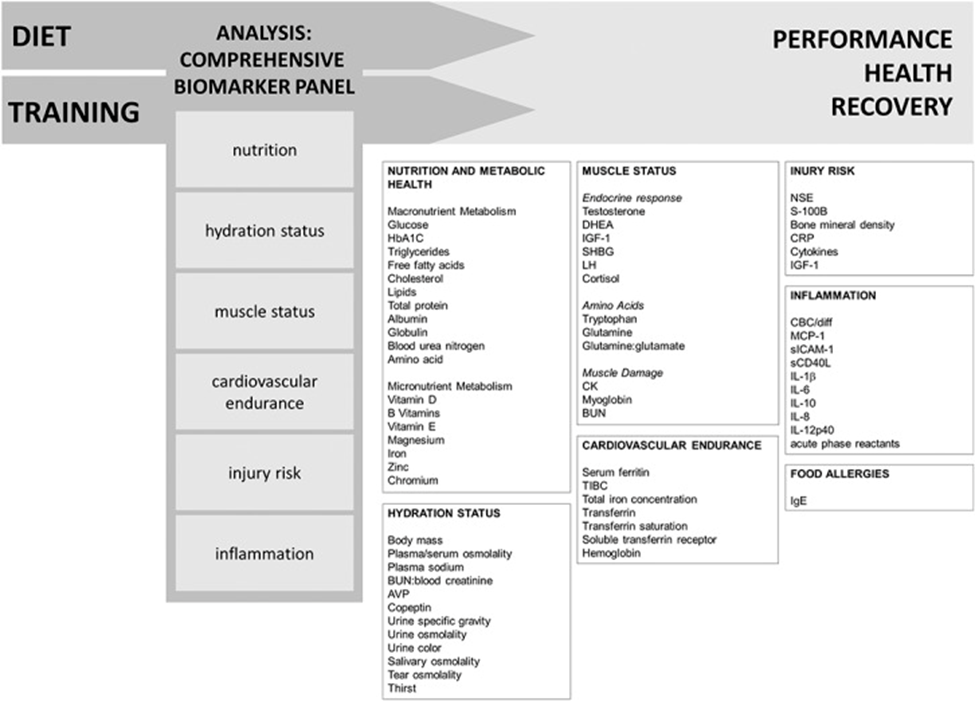The first step in investigating muscle spasms or twitching is to assess activity level & whether fluid & electrolytes are lost regularly. Also, medical history/background would need to be reviewed to identify associated acute or chronic conditions.
The cause of spasms or twitching may be physical or biochemical so further workup would be required. However, there may be some blood chemistry clues that can help evaluate each case.
Electrolytes should be evaluated, including sodium, potassium, chloride, bicarbonate, calcium, and magnesium (Shrimanker 2021):
- Muscle twitching may be caused by hypokalemia, especially with a serum potassium below 3.6 mEq/L (mmol/L).
- Muscle cramping may be caused by hyperkalemia with a potassium above 5.5 mEq/L (mmol/).
- Muscle twitching and cramping may be caused by persistently low calcium even after correction for low albumin and assessment of ionized calcium.
- Low calcium may be caused by vitamin D insufficiency or by hypoparathyroidism.
- Magnesium regulates muscle contraction and relaxation and hypomagnesemia, with serum magnesium below 1.46 mg/dL (0.60 mmol/L), can contribute to persistent contraction and ventricular arrhythmias.
Low blood calcium, specifically low ionized calcium, can cause tetany, a condition characterized by muscle twitching and cramping, paresthesia, stridor, and in severe cases convulsions and myocardial dysfunction. Trousseau and Chvostek signs may indicate tetany. Causes of tetany include micronutrient deficiency including hypomagnesemia, recurrent vomiting, hyperventilation, acute pancreatitis, and hyperthyroidism (Bhat 2019).
Sodium insufficiency, due to fluid overload, excessive sweating, or inadequate intake, may contribute to muscle cramping. Significant hyponatremia may occur with a serum sodium below 135 mEq/L (mmol/L) (Bhat 2019).
If simple muscle cramping is occurring following extensive exercise, then electrolyte insufficiency, dehydration, or lack of stretching are possible. Electrolyte and fluid balance must be maintained during extended bouts of intense exercise. Cramps in general may be due to other disorders including pregnancy, COPD, and Charcot-Marie-Tooth disease. Nocturnal leg cramps may be associated with cardiac dysfunction, depression, fibromyalgia, neurological disorders such as ALS, nerve or arterial compression, neuropathy, cirrhosis, and Cramp-Fasciculation Syndrome (Bardoni 2021).
If muscle cramping is accompanied by muscle fatigue, assessing serum lactate, IL-6, white blood cells, ammonia, and oxidative stress markers may be useful though not necessarily practical unless cramping and fatigue are persistent (Finsterer 2012).
Note that a number of biomarkers are considered when assessing cramping, fatigue, inflammation, and other imbalances in athletes (Lee 2017):

Comprehensive approach to biomarker analysis. Assessing multiple aspects of biological function allows coaches and athletes to track performance, recovery, and health in an individualized, practical manner. Relying on multiple validated biomarkers increases sensitivity, allowing athletes to detect potential impacts of training, recovery, diet, etc., long term. Data from long-term biomarker analysis will enhance preventative detection of injury or negative effects on performance. Examples of options for well-studied biomarkers in each category are provided as suggested components of a customized panel.
Source: Lee, Elaine C et al. “Biomarkers in Sports and Exercise: Tracking Health, Performance, and Recovery in Athletes.” Journal of strength and conditioning research vol. 31,10 (2017): 2920-2937. doi:10.1519/JSC.0000000000002122 This is an open-access article distributed under the terms of the Creative Commons Attribution-Non Commercial-No Derivatives License 4.0 (CCBY-NC-ND)
References
Bhat, Arshied Hussain. "Assessment of cases of tetany in adults." International Journal of Advanced Community Medicine. 2019. https://doi.org/10.33545/comed.2019.v2.i3c.102
Bordoni, Bruno, et al. “Muscle Cramps.” StatPearls, StatPearls Publishing, 7 August 2021.
Finsterer, Josef. “Biomarkers of peripheral muscle fatigue during exercise.” BMC musculoskeletal disorders vol. 13 218. 8 Nov. 2012, doi:10.1186/1471-2474-13-218
Lee, Elaine C et al. “Biomarkers in Sports and Exercise: Tracking Health, Performance, and Recovery in Athletes.” Journal of strength and conditioning research vol. 31,10 (2017): 2920-2937. doi:10.1519/JSC.0000000000002122
Shrimanker, Isha. and Sandeep Bhattarai. “Electrolytes.” StatPearls, StatPearls Publishing, 26 July 2021.
